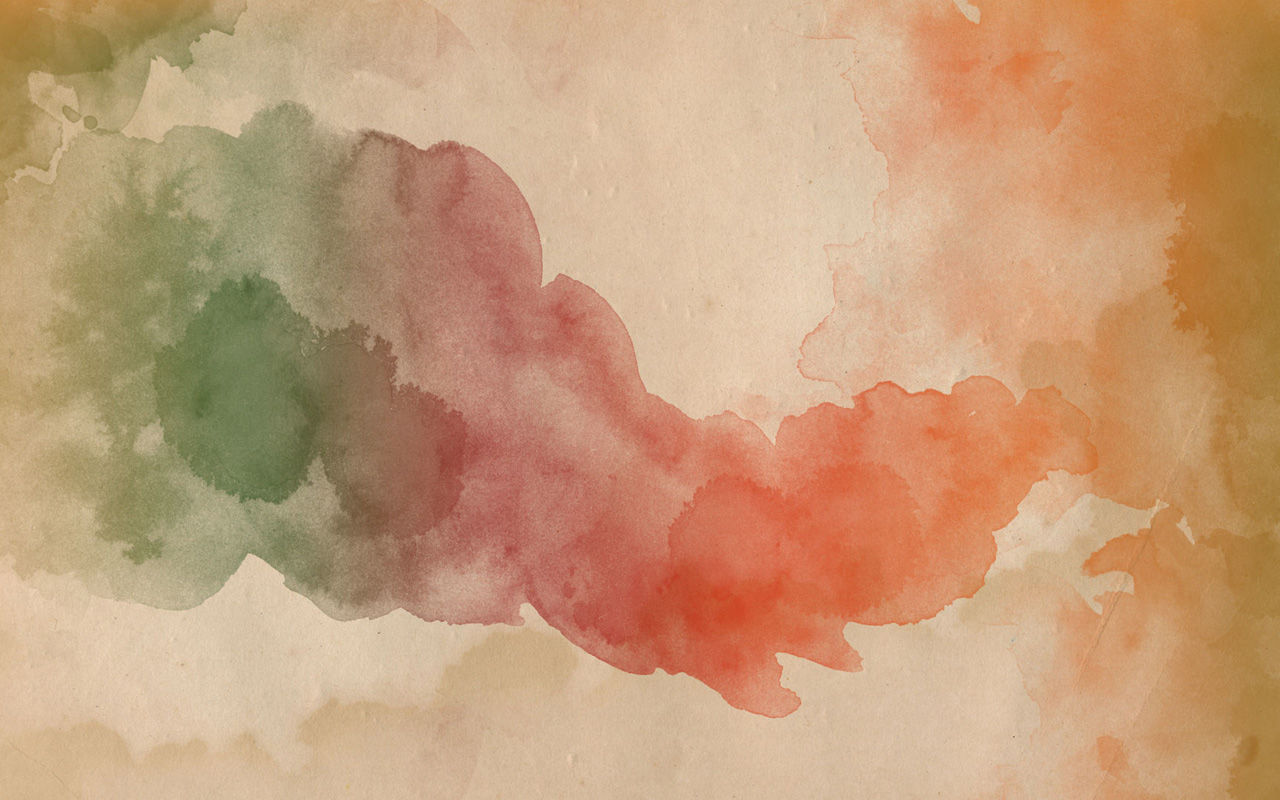Why is Paul Cezanne a key figure in the development of contemporary art?
- Yuliana Arles
- Feb 28, 2021
- 3 min read
Updated: Oct 26, 2024
In the 1880s, artists gradually lost interest in conveying the state of nature and displaying its changes at a certain moment.
At this time, a new direction in art has appeared - Post-impressionism.

Pommes et oranges / Circa 1899,
This period is characterized by searching for artists' new expressive means in art, such as perception of light and colour, study of patterns of colour and shape combinations, an experiment with images and compositional solutions. At the same instant post-impressionists tried not only to display the state of nature on a plane, they sought to show their attitude and subjective experience of the present.
One of the most prominent representatives of Post-Impressionism was Paul Cezanne.
The evolution of Paul Cézanne's work began with the period of romanticism in the 60s of the nineteenth century, in the 70s the impressionists had a great influence on his work, and since 1877 the artist develops the integrity of the perception of colour and form, his works acquire a pronounced characteristic style.
Cézanne is no longer interested in displaying reality in its pure manifestation, the artist demonstrates to the viewers his interpretation of nature, conveying the entire range of feelings through distortion of form and play of the colours. He pays a great attention to the form, its simplification and transformation, Cézanne also deliberately distorts the space in order to move away from a linear perspective.
No one can criticize the artist more than himself.
For the boldness of expressing his own vision, Paul's works were often condemned by the public, only no one could criticize the artist more than himself. Unsatisfied with the result, Paul in a fit of anger tore, cut and burned his paintings. Then, having cooled down from the surging emotions, Cezanne returned to work. His diligence, scrupulousness and thirst for experiment gradually led the artist to abstraction.
“Every element of the visible world is a cube, a cylinder, a ball” - Paul Cezanne
How Cezanne inspired Picasso to create Cubism.
Cézanne's art inspired the greatest artist of the 20th century, Pablo Picasso, to invent a radical new movement - Cubism. The Spanish artist carefully studied the master's works, tried to understand his train of thought and the geometric view of the world around him.
Picasso always emphasized his special connection with Cézanne, later he even settled in the Vauvenargue castle, at the foot of Mount Sainte-Victoire, where Cezanne lived and worked.
“I just bought myself the Cézanne Mountains,” Picasso told his agent.

Pablo Picasso examines the painting by Cezanne "Madame Cezanne". Photo taken by Jacqueline Picasso on July 7, 1960. (Photo: © Fondation Jean et Suzanne Planque)
Paul Cezanne is the father of modern art.
Cézanne's work drew a line in the history of art, thereby finally displacing the traditions of academic painting. From now on, artists have received freedom of creative self-realization, their art is increasingly concentrated on the deep expression of their own individuality.
Thus, the work of Paul Cézanne had a tremendous impact on such directions as Fauvism, Cubism and Abstractionism, giving a new impetus to the development of contemporary art.

Painting on the left (1) “A view of the mountain from the grove of the Black Castle.”, 1904, sold by Edsel and Eleanor Ford House - the former ancestral residence of the Ford family of car manufacturers to the Museum of Qatar for $100 000 000 in 2013.
Painting on the right (2) “The Card Players”, 1894–1895, sold by Greek shipping magnate George Embirikos in April 2011 for a record price $250 000 000 to the Qatari royal family.







Commentaires